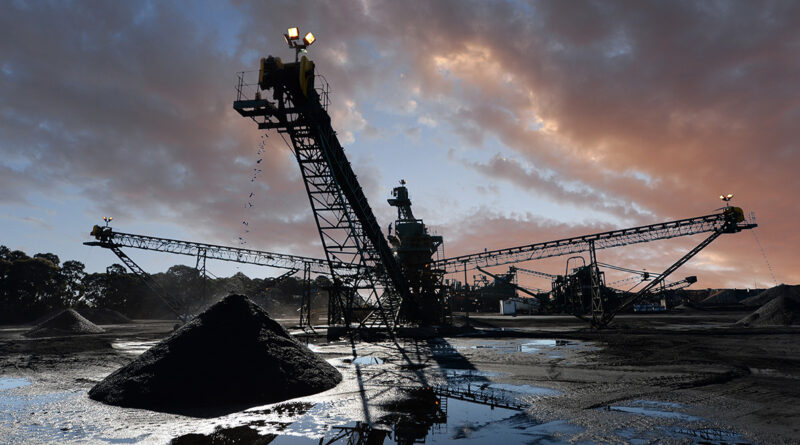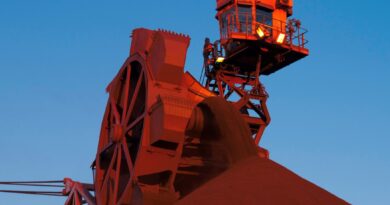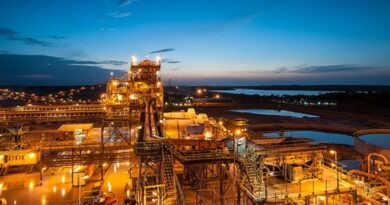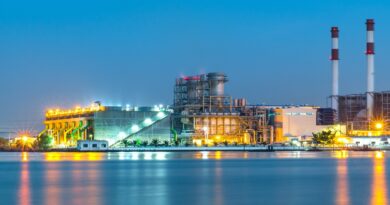Thungela: Navigating thermal coal markets and rail performance
Global demand for coal reached a record high of 8.7 billion tonnes in 2023 and is expected to remain stable in the coming years. Despite the decline in coal use in the United States and Europe, coal remains a crucial energy source for electricity, steel and cement production worldwide.
The increasing demand from Asian economies outweighs the efforts to phase out coal globally, and energy transition is delayed as energy security becomes a priority amidst geopolitical tensions and potential supply disruptions. Following a period of supply growth at the onset of the Russia-Ukraine conflict, global supply is likely to tighten as both country and company ESG pledges are introduced.
Supply will further be impacted by limited access to capital and insurance, which will discourage new production coming online. This provides an opportunity for Thungela, as it has access to existing high-quality coal resources and reserves.
The milder winter conditions in the northern hemisphere led to reduced demand and higher gas and coal stock levels, which contributed to softer benchmark coal prices experienced in the first half of the year. Thermal coal markets remain responsive to price movements in the energy markets, more specifically movements in the gas market.
The impact of geopolitical tensions in the Middle East and the ongoing Russia-Ukraine conflict continue to heighten risks around gas supply, which has provided recent support for the Richards Bay Benchmark coal price, averaging USD101.05 per tonne for the period under review. The lack of availability of high-quality coal, and the expected restocking in Southeast Asia following the monsoon season, could support the Richards Bay Benchmark coal price, which remains range bound, while any further geopolitical escalation may result in the strengthening of coal prices.
The TFR rail performance in the first half of the year was disappointing at 47.3Mt on an annualised basis for the industry, in comparison to the 47.9Mt railed in 2023. The ongoing support from industry has enabled progress on some of the interventions already in place, such as the purchasing of critical locomotive spares and the provision of security on the rail line.
The industry will recover these costs through the mutual co-operation agreement with TFR, which was put in place earlier in the year. While we believe that the correct building blocks are being implemented by TFR, we only expect to see improved rail performance from 2025.
Thungela’s logistical infrastructure enables the movement of its coal to the Richards Bay Coal Terminal to be maximised, using existing contracted rail capacity, as well as the continued use of third-party sidings. This supports incremental coal movement as a result of the wider train allocation distribution. In addition, we monitor the domestic market for revenue generating opportunities, and have placed limited volumes in the first half of the year.




